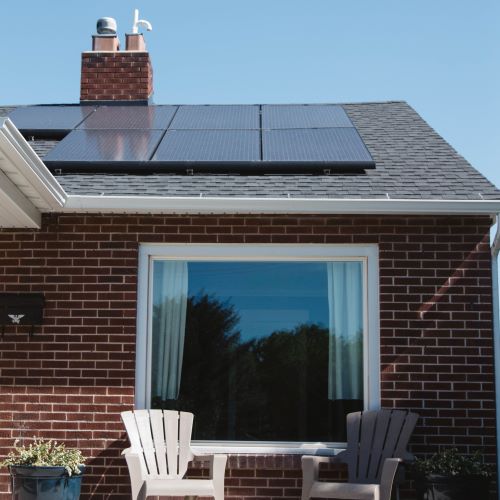In March, the Australian Energy Market Commission (AEMC) published a draft determination proposing networks be allowed to charge households exporting solar energy into the grid in times of peak supply.
The AEMC insisted the charge would be negligible and would only cut the profits of solar-fitted homes slightly. However, a new report has found the impacts of the rule change, dubbed a ‘solar tax,’ could be far greater than the Commission outlined. The AEMC have responded to the report, telling pv magazine Australia the new analysis fails to consider the full picture.
New analysis of the rule changes
Undertaken by Professor Bruce Mountain of the Victoria Energy Policy Centre, the analysis found that after deducting the proposed network usage charge many solar homes are unlikely to obtain any payment from surplus solar energy exported to the grid. In Victoria, the only outlier, solar homes are left with a profit of just $32 annually.
The report goes on to claim the AEMC has made an “error” in its calculations by massively underestimating the injection price of solar exports. In its draft determination, the AEMC suggested the injection price for solar exports would be around 2 cents per kWh. However, the analysis suggests it will probably sit between 4 cents per kWh and possibly up to 4.9 cents per kWh.
“Using the corrected injection price means that the typical (median) solar home in Victoria can expect to receive just $32 per year for the surplus solar production that it feeds in to the grid after the revised regulated minimum feed-in rate takes effect from the middle of the year. For a typical 5 kW solar home in Sydney, the correct network injection charge increases from the $100 per year that the AEMC claims, to $240 per year,” Mountain writes.
“Much lower retailer feed-in rates in all regions of the NEM can be expected soon reflecting large declines in wholesale prices. Taking account of the AEMC’s corrected network injection price and much lower retailer feed-in prices, it is likely that at this price the great majority of solar homes in the National Electricity Market will receive little or no income for the surplus solar production that they export to the grid.”
The AEMC’s rule change was initially designed to recover costs for infrastructure needed to accomodate two-way power flow, which is necessary for rooftop solar exports and other renewable energy sources. The new analysis, however, determines that networks networks may be able to charge up to ten times more than that needed to cover distributed energy integration costs.
AEMC response
The AEMC said it stands by its calculations, adding that they are based on detailed analysis.
Industry response
Community group Solar Citizens have said the AEMC’s rule change will ultimately disincentivise solar at a time when the world desperately needs to decarbonise.
“This new evidence shows us the AEMC has significantly underestimated how much millions of Australians will be affected by their proposed rule change,” Solar Citizens’ National Director, Ellen Roberts, said in response to the new analysis.
“With feed-in tariffs dropping all the time, this rule change will majorly impact the financial incentive for solar owners to provide cheap electricity for their neighbours to use.
“Now the AEMC wants to let big network companies decide how much solar owners get slogged. It’s not good enough.”
This content is protected by copyright and may not be reused. If you want to cooperate with us and would like to reuse some of our content, please contact: editors@pv-magazine.com.









By submitting this form you agree to pv magazine using your data for the purposes of publishing your comment.
Your personal data will only be disclosed or otherwise transmitted to third parties for the purposes of spam filtering or if this is necessary for technical maintenance of the website. Any other transfer to third parties will not take place unless this is justified on the basis of applicable data protection regulations or if pv magazine is legally obliged to do so.
You may revoke this consent at any time with effect for the future, in which case your personal data will be deleted immediately. Otherwise, your data will be deleted if pv magazine has processed your request or the purpose of data storage is fulfilled.
Further information on data privacy can be found in our Data Protection Policy.